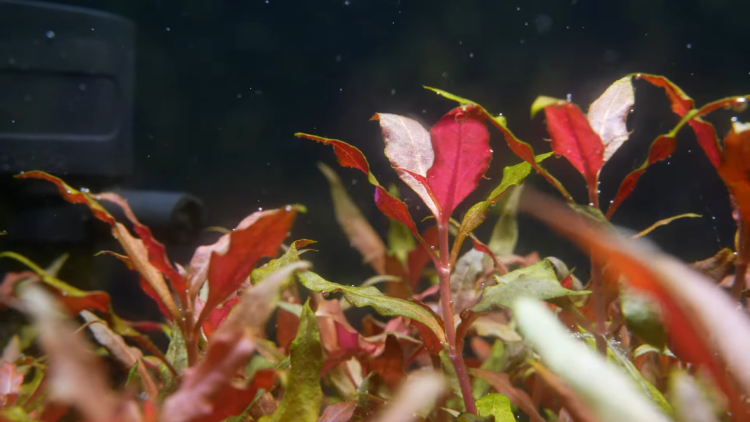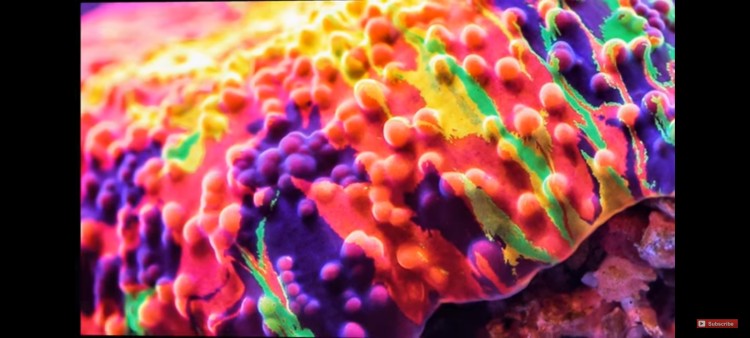Beginner Tips: Getting Started with CO2 in Aquarium
- Sep 25, 2023
- Anshika Mishra
- 248 0 0

When it comes to planted tanks, tons of easy-to-grow plants will thrive in a low-tech aquarium, given just low lighting and all-in-one fertilizer. However, certain plants can be more challenging to grow underwater and may require high lighting or extra carbon dioxide.
Pressurized CO2 in Aquarium
Adding pressurized CO2 to the aquarium can be a great tool to level up plant growth. All aquatic plants need CO2 as one of their basic building blocks to survive and grow. Fortunately, there's CO2 naturally present in our tank from the air exchange and fish respiration.
In most cases, though, it's a tiny plant. A low-tech aquarium has just a small amount of naturally dissolvable CO2, low fertilizer levels, and soft lighting. This can result in a beautiful planted tank without the need for very much maintenance. But, it has the downside of being very slow growing. Generally, some plants that thrive in this setup are low-light-loving plants.
On the other hand, using injected CO2 can be a great way to boost plant growth. Even for those easy, low-tech plants, providing a little bit of CO2 can make a noticeable difference in growth speed; adding more fertilizer and CO2 can allow the plants to take on their brightest coloration and grow on their fullest potential.
For other plants, CO2 is a necessity for proper growth. For example, Dwarf Hairgrass, Babytear, and other similar carpeting plants need the additional CO2 to completely fill out and create that lush effect
Without it, they may suffer slightly and take a very long time to fill out, if possible. The reason certain plants require more CO2 than others is due to the fact they originate in streams and rivers that are naturally rich in CO2.
For an aquarium, more CO2 also means that the light and fertilizer levels should also be increased to keep the aquarium well-balanced. Combining all three elements will result in a much faster-growing planted tank but will also require much more maintenance with trimming and a consistent fertilizing schedule.
Regarding algae, it's a common belief that CO2 automatically fixes the problem, but this isn't true. A healthy planted tank must have all three components in balance. CO2 is one of the primary nutrients that plants need to grow.
Many beginners use too much light or fertilizer. Here, adding CO2 can help balance the tank. However, if the tank has high lighting and CO2 injection but too little fertilizer, algae will still appear because of the balance.
Adding CO2
If you want to add CO2 to an aquarium or set up a new high-tech tank, the most consistent and accessible method to use is a pressurized CO2 system.
Head to your local welding, brewing, or gas store and pick up a pressurized CO2 cylinder. These can be costly at first, but refills are much cheaper, and all you have to do is bring back the empty cylinder and exchange it for a full one.
If you run a high-tech planted aquarium injected with a high amount of CO2, people recommend getting the most significant size possible so that you don't have to refill the cylinder as frequently.
However, a natural aquarist can use
- 2.5 -5 for 20 gallons or smaller
- 5LB for 20-40 gallons
- 10LB for 55+
If you plan on using one regulator with five or six aquariums, the CO2 cylinder size must be scaled accordingly.
Along with the gas cylinder, a regulator will be needed to slow the release of gas to diffuse it into the aquarium. Airline tubing is required to allow the gas flow from the regulator to a diffuser in the aquarium. Last, a diffuser inside the aquarium will break up the gas into tiny bubbles, allowing the plants to absorb the CO2.
Tune the regular to one bubble per second to start with a lighted amount of CO2 to keep the fish safe. That being said, CO2 dosing amounts are different from every tank, and the bubble rate is not a perfect measurement formula since each aquarium has other plants and fish stocking needs.
Results will take time as the plants slowly absorb CO2.
Many aquarists also use drop checked with indicator solution. The color of the key changes based on the level of CO2 in water. You can also use a test kit for the same. As for the dosing schedule, plants only photosynthesize when light is available and don't need CO2 at night. So, shut off the CO2 regulator when the aquarium light is off.
CO2 and Fish
Too much CO2 can be harmful to fish's health. But taking a slow approach is ideal. Keep an eye on your aquarium after adding CO2 or setting up a new tank. Too much, too quickly, can cause oxygen levels to drop, which can cause your lungs to struggle and gasp for air.
An air stone can be an excellent solution to balance oxygen and CO2.







About author